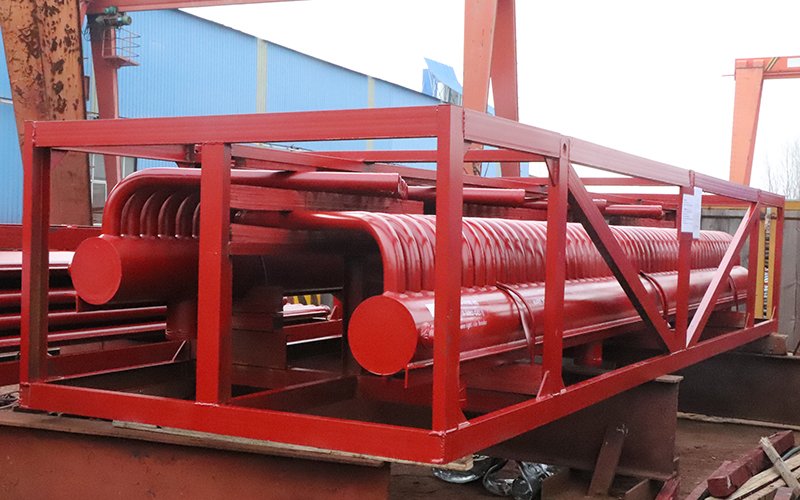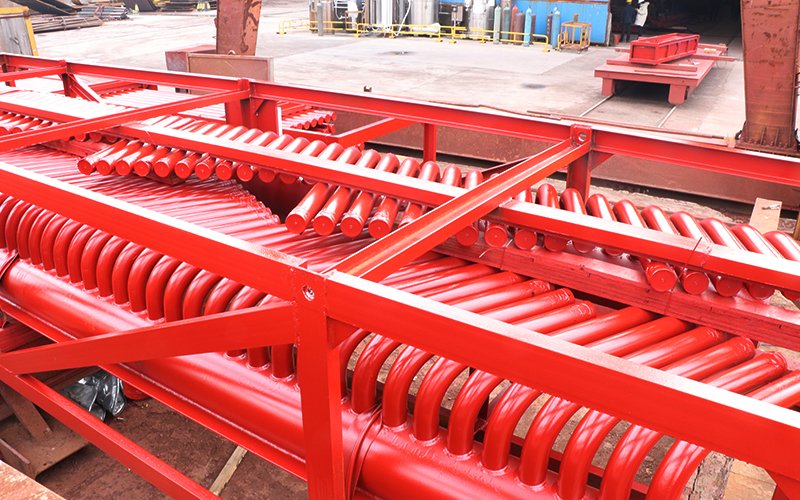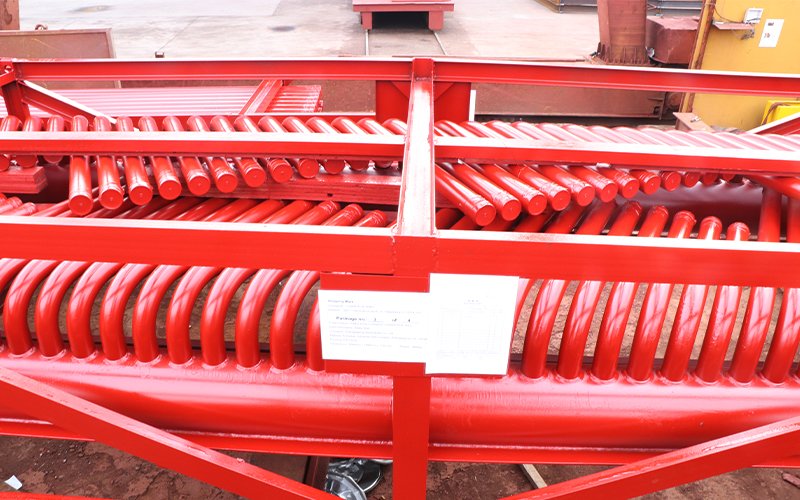Boilers are vital components in various industrial and residential applications, and understanding their different parts is crucial for ensuring optimal performance and safety. In this article, we will delve into one of the essential components of a boiler system: the boiler header. We will explore what a boiler header is, how to size it, and the significance of a drop header in steam boilers. Additionally, we’ll discuss the minimum distance required between the header and the boiler water line.
What Is a Boiler Header?
A boiler header is a critical component in a steam boiler system. It serves as a distribution manifold that collects and distributes steam or hot water to different parts of the heating system. Boiler headers are typically located at the top of the boiler and are responsible for collecting steam or hot water generated in the boiler and distributing it to various pipes, radiators, or other heat exchangers.

How to Size a Boiler Header
Sizing a boiler header is a critical step in the design of a boiler system, as it directly affects the system’s efficiency and performance. Proper sizing ensures that the header can handle the steam or hot water flow without creating excessive pressure drop, which can lead to uneven heating and other operational issues. Here is a step-by-step guide to sizing a boiler header:
Determine System Requirements: The first step in sizing a boiler header is to understand the specific requirements of your heating system. This includes factors such as the total heating load, the type of heat emitters (e.g., radiators or baseboard heaters), and the desired temperature and pressure of the steam or hot water.
Calculate Load and Flow Rates: To properly size the header, you need to calculate the total load that the system will encounter. This includes estimating the heat output needed to maintain the desired temperature throughout the building. Additionally, calculate the flow rates required for each distribution line based on its length and heat output.
Select Header Material: Choose the material for the header pipes. Typically, headers are made of steel, and the material selection depends on factors like the operating temperature and pressure of the system.
Determine Header Diameter: The header diameter is a critical factor in proper sizing. To calculate the header diameter, you’ll need to consider the total flow rate, pressure drop limitations, and the type of fluid (steam or hot water). The American Society of Mechanical Engineers (ASME) and other industry standards provide guidelines and formulas for sizing the header diameter.
Consider Header Length: The length of the header also affects its performance. Longer headers can lead to more significant pressure drops. Use established engineering guidelines and calculations to determine the optimal header length for your system.
Account for Fittings and Valves: Don’t forget to account for the fittings, valves, and other components that will be part of the header. These components can introduce additional resistance and pressure drops. Make sure to factor in their impact on the overall design.
Consult Manufacturer Recommendations: Boiler and header manufacturers often provide specific sizing recommendations and guidelines. It’s crucial to consult the manufacturer’s documentation and follow their guidance for sizing the header correctly.
Consider Future Expansion: If you anticipate future expansion of your heating system, factor this into your header sizing. Oversizing the header slightly can accommodate future growth without the need for extensive modifications.
Professional Engineering Support: Sizing a boiler header can be a complex process, and it’s often best handled by professional engineers with experience in HVAC and boiler systems. Consider working with an engineer to ensure the header is sized optimally for your specific application.
Perform Hydraulic Analysis: Before finalizing the header size, it’s a good practice to perform a hydraulic analysis of the entire system. This analysis helps ensure that the header and distribution lines work together harmoniously to provide consistent heating throughout the building.
In summary, sizing a boiler header involves a comprehensive analysis of your heating system’s requirements, calculating load and flow rates, choosing appropriate materials, and considering various factors that impact pressure drop and overall performance. It’s a critical aspect of designing an efficient and effective boiler system, and careful attention to detail is essential to achieve the desired results.

Understanding the Drop Header in Steam Boilers
In steam boiler systems, a drop header is often used to enhance system efficiency and safety. A drop header is a short horizontal section of pipe positioned below the boiler’s water line and the main steam outlet. Its purpose is to separate the water from the steam, preventing moisture and impurities from entering the distribution system.
By using a drop header, the steam quality is improved, and the risk of damage to radiators and other heat exchangers due to wet steam is reduced. This not only enhances system performance but also prolongs the lifespan of the equipment.

Minimum Distance Above the Boiler Water Line
One critical aspect of boiler header installation is the minimum distance it should be located above the boiler water line. This distance is necessary to ensure the separation of water and steam, which is vital for system safety and performance. The specific distance may vary depending on the boiler’s design and manufacturer recommendations.
It’s important to adhere to the manufacturer’s guidelines when determining the minimum distance, as deviation from these recommendations can lead to safety hazards and reduced efficiency.
In conclusion, boiler headers play a pivotal role in the efficient operation of steam and hot water boiler systems. Proper sizing, the use of drop headers in steam systems, and adherence to minimum distance requirements are all essential for ensuring the smooth and safe operation of your boiler. Understanding these components is crucial for maximizing the performance and longevity of your boiler system.
DHB Boiler
Discover The Superior Quality And Cutting-Edge Technology Of DHB Boilers. Explore Our Range Of Biomass Boilers, Waste Heat Boilers, And More. Take Your Industrial Operations To New Heights With DHB Boiler.








